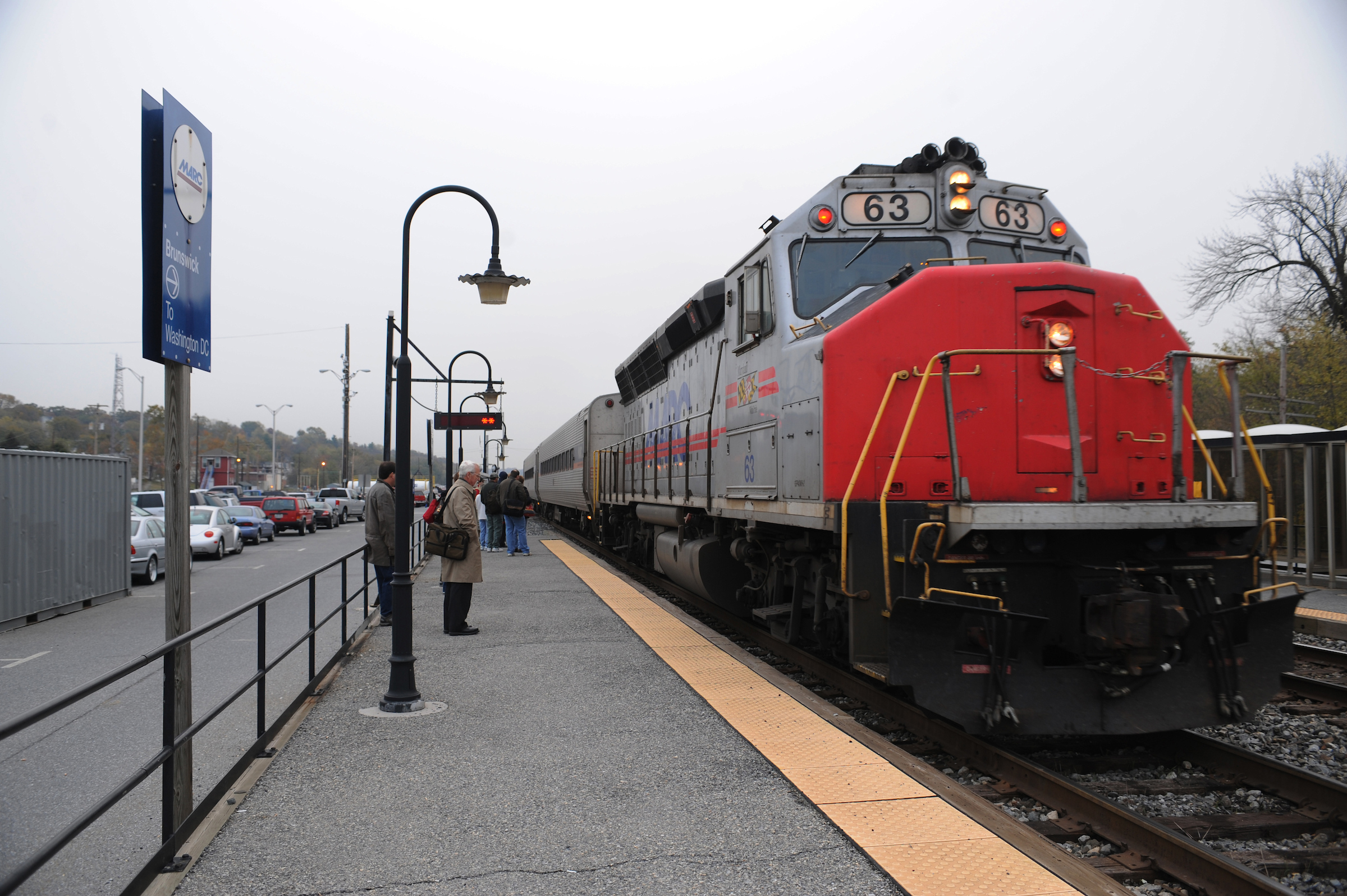White House pushes ban on Chinese-made buses, rail cars
Advocate for ban says state-backed Chinese companies can underbid domestic competition and drive them out of business

The White House wants China to stay out of the U.S. mass transit business, whether it’s bus transit or passenger rail.
In a statement of policy before the House and Senate get together in a conference committee to work out their differences in a wide-ranging Pentagon policy bill, the White House said it supports a Senate provision that would bar federal transit funds from being used to buy transit vehicles manufactured by state-owned or state-controlled enterprises, including those from China.
[After years of promises, Trump again sounds dire about China trade pact]
The Senate version of the fiscal 2020 defense authorization bill would bar federal dollars from being used to purchase either passenger railcars or buses from such firms. The House version of the bill would limit the prohibition only to passenger railcars.
“It is critical that such prohibitions cover procurement of all rolling stock transit vehicles to ensure the Nation’s economic and national security and to prevent the use of Federal dollars to support foreign state-controlled enterprises,” the Office of Management and Budget letter, dated Wednesday, read.
Both provisions aim to counter China’s increasing presence in the U.S. passenger railcar and electric bus markets.
[DOD workers bought thousands of Chinese electronics vulnerable to hacks, spying]
The Chinese Railway Rolling Stock Corp., known as CRRC, has won contracts to produce subway cars and commuter train cars in Boston, Philadelphia, Chicago and Los Angeles since 2014, according to Erik Olson of the Rail Security Alliance, which is fighting to include the rail provision in the final bill. CRRC, which is state-owned and heavily subsidized by China, won the Boston contract by underbidding the next-lowest bidder by 22 percent, Olson said.
According to a June 2019 report by Oxford Economics, the total value of the CRRC rail contracts in U.S. cities is $2.7 billion.
A Chinese electric bus manufacturer, Build Your Dreams, or BYD, meanwhile, has delivered 350 buses in the U.S. since 2014 to cities such as Indianapolis; Columbia, Missouri; and Wenatchee, Washington. BYD is privately held, but those pushing for the Senate measure say the company benefits from substantial Chinese subsidies, allowing the company to “double-dip” by using Chinese subsidies to build vehicles and U.S. subsidies to allow cities to buy their buses.
BYD spokesman Frank Girardot dismisses that notion, saying the company receives the same sort of subsidies from China for building electric vehicles that any company might.
“The fact is Tesla gets the same subsidies in China for building electric vehicles there,” he said, “and Tesla is nothing if not an American company.”
He said the company’s factory in Lancaster, California, employs 800 union members and complies with federal “Buy America” requirements.
The defense bill represents the second attempt to bar the federal government from spending money on China’s state-owned rail and electric bus manufacturers. An earlier effort in last year’s appropriations process stalled in part because of government shutdown politics and, critics say, because BYD has powerful political ties.
The company has an assembly plant in House Minority Leader Kevin McCarthy’s district, and critics accused McCarthy of fighting to protect BYD last year. A spokesman for McCarthy said he has no plans to weigh in on the conference committee’s debate over the provision this year.
Olson said CRRC created a template in Australia that he believes it will ultimately use in the U.S.: Underbid the competition, drive them out of business, and become the only company producing rail cars in the U.S.
“What happened in Australia is our case study,” he said. “The CRRC moved into Australia in 2008 and within a decade the four domestic suppliers of freight and transit rails are gone.”
He and others fighting CRRC’s entrance into the U.S. marketplace say the firm so far has focused solely on transit rail, but they believe it will attempt to enter the freight market, where there’s more demand for new rail cars.
A study by Oxford Economics found that CRRC’s method of production — importing most parts and assembling them in the U.S. — has, under a worst-case scenario, cost the U.S. more than 5,000 jobs for every $1 billion in contracts won by Chinese state-owned enterprises.
CRRC did not respond to two emails seeking comment.





